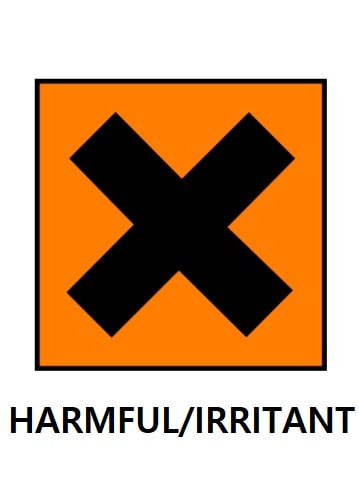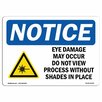|
Formula
Procedure of Application
Development Complete When
Source of Error
Incompatibilities
Precautions
Storage Container
Safety
Recommendations
Similar Reagent
Sequential Reagent
Formula
Combine and stir the chemicals thoroughly. A thick milky-yellow solution should result. Procedure of Application
Development Complete When
The cyanoacrylate has absorbed the dye stain. Source of Error
The tape must first be processed with cyanoacrylate fumes prior to applying this reagent. A clear-colored reagent solution which has been standing for some time should be stirred to restore its thick milky-yellow color prior to use. Incompatibilities
Items that inherently fluoresce in the long-wave Ultra-violet range will interfere with the dye stain fluorescence. Precautions
Stir the working solution thoroughly to restore its thick milky-yellow color prior to use. Storage Container
Dark stoppered glass or plastic bottles. Safety
Use Ultra-violet protection goggles when working with long-wave ultra-violet light sources. Prepare the working solution in a Fume hood. Recommendations
Photograph the developed ridge detail immediately. Exposure to ultra-violet light for a lengthy time will cause the developed impression to fade. Similar Reagent
Sequential Reagent
Vertical Divider
|
Chemical Name
Liqui-Drox Surface Used On Dark colored tapes, adhesive & non-adhesive sides Sensitive To Cyanoacrylate deposit Abridged Reagent Sequence
Vertical Divider
|
Ridge Detail Visualized by:
Ultra-Violet light induced Reagent Applicabilities: Post Cyanoacrylate Non-Porous surfaces Tape Technique Other Chemical Name(s): None Working Solution Shelf-life: Six (6) months |
Process Summary:
Effective for dark-colored adhesive tapes, the Liqui-Drox method is a post-cyanoacrylate process involving brushing the reagent unto tape, rinsing, then viewing the result under long-wave ultra-violet light. This reagent is composed of a mixute of a fluorescent agent, a detergent and water.
Effective for dark-colored adhesive tapes, the Liqui-Drox method is a post-cyanoacrylate process involving brushing the reagent unto tape, rinsing, then viewing the result under long-wave ultra-violet light. This reagent is composed of a mixute of a fluorescent agent, a detergent and water.
Accepted Deviations:
None
None
Supporting Reference Materials:
- Minutiae Magazine, Summer Special 1994, Issue No. 24, pg.7.
- "Chemical Formulas and Processing Guide for Developing Latent Prints", U.S. Dept. of Justice, pg. 47-48, 1994.
- Hollars, M., Trozzi, T., and Barron, B., "Development of Latent Fingerprints on Dark Colored Sticky Surfaces Using Liqui-Drox", Jor. Forensic Identification, Vol. 50, No. 4, July/Aug 2000, pp. 357-362.






